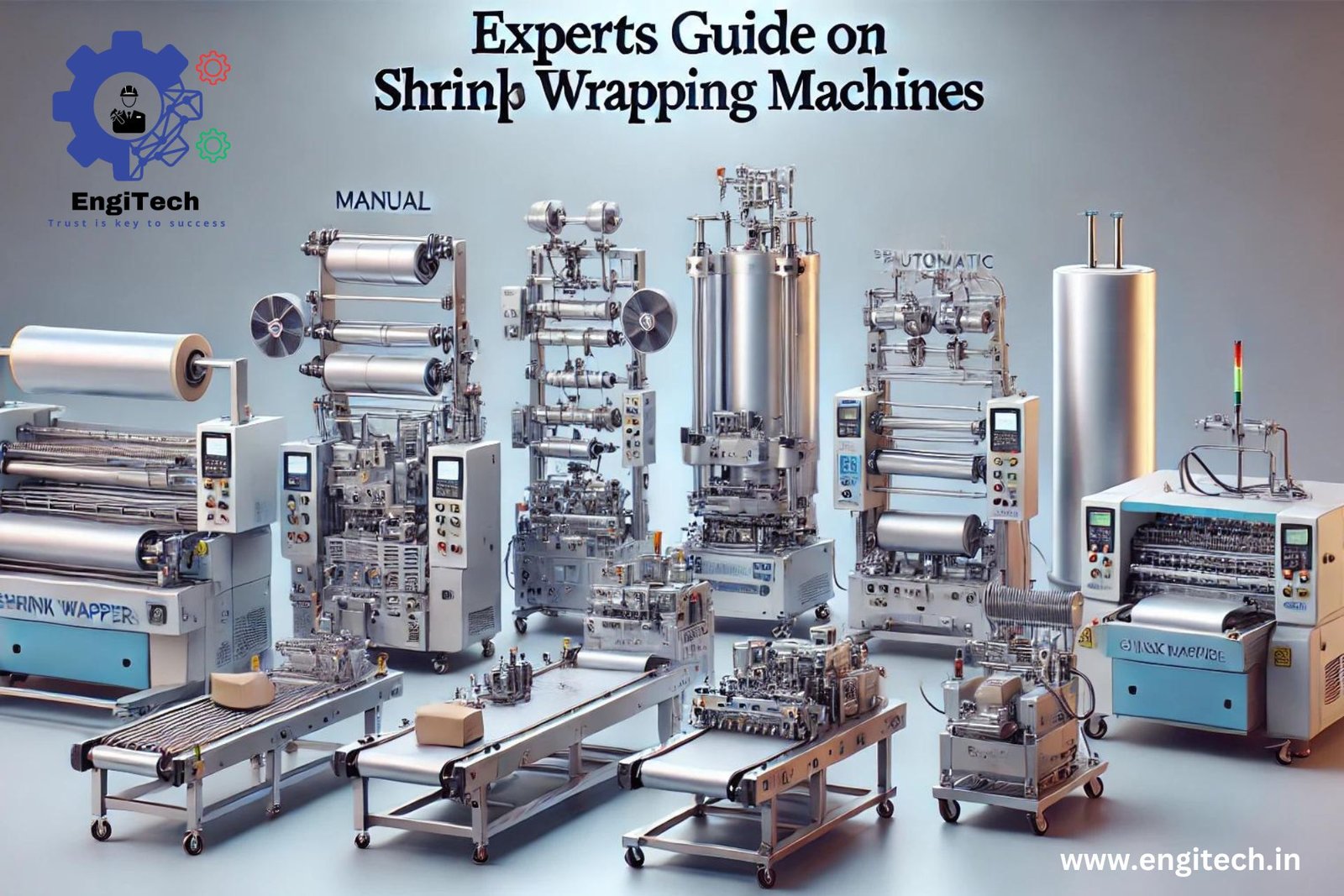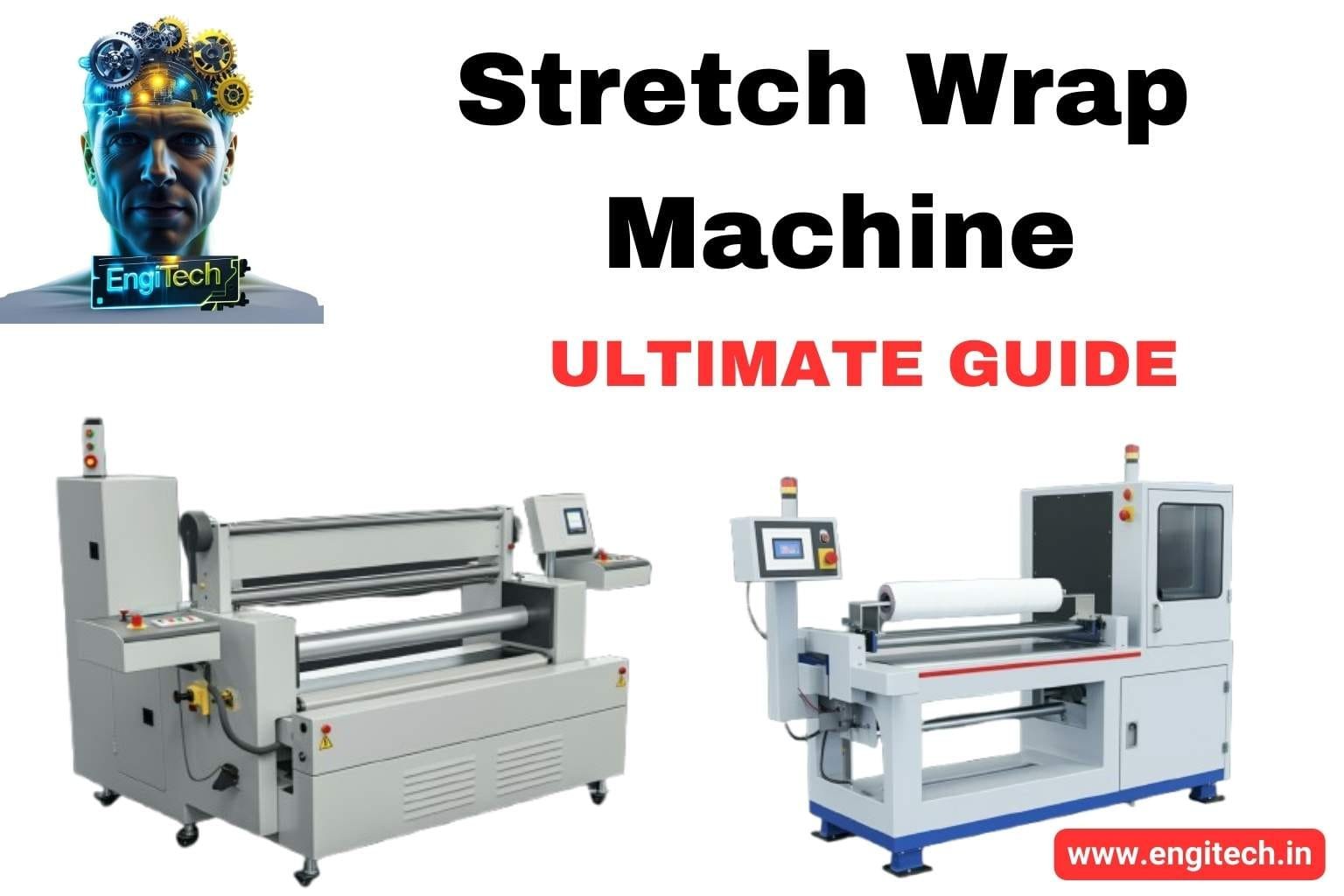BOPP Labeling Machine: The Ultimate Guide to High-Performance Labeling Solutions
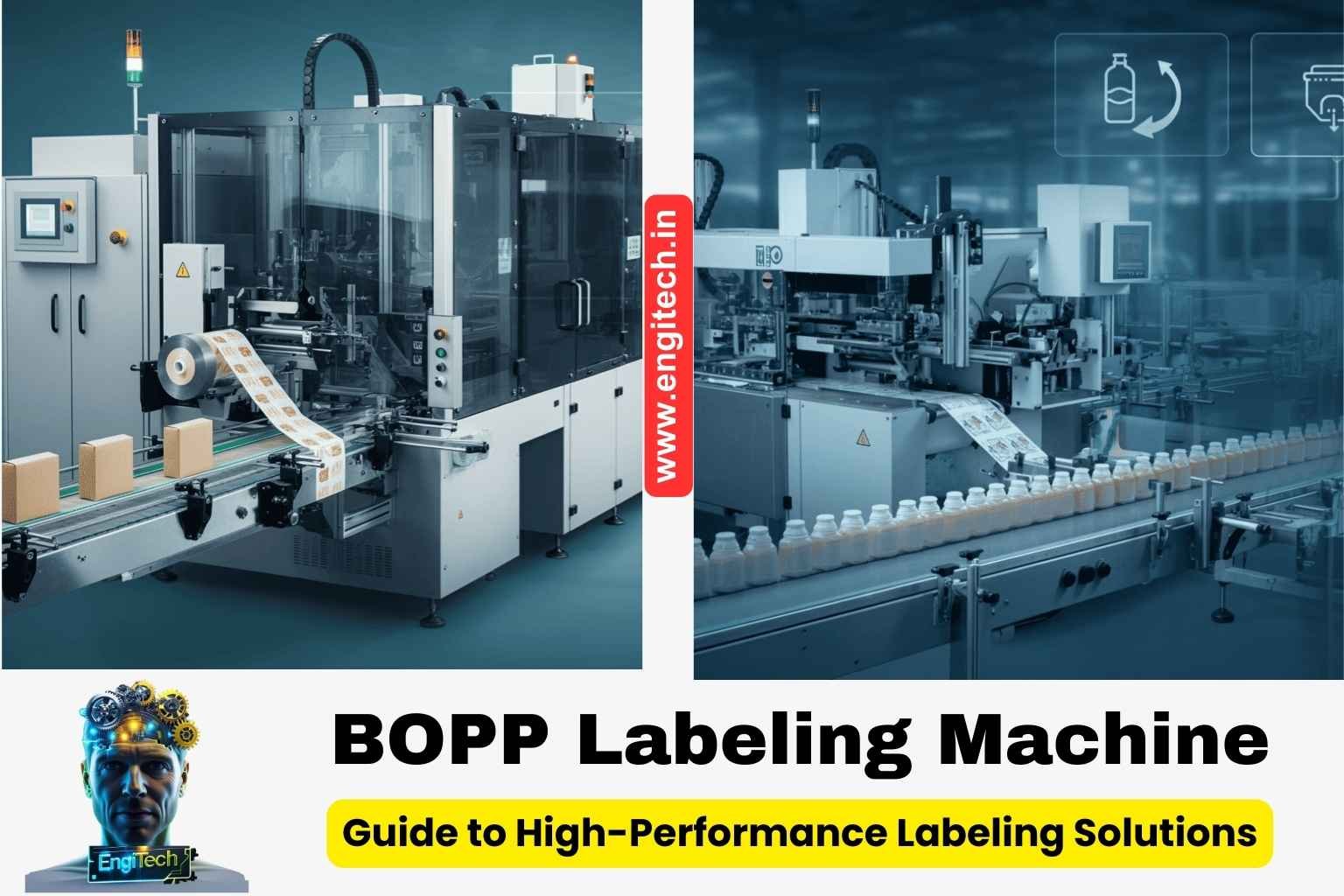
If you’re looking to transform your packaging line with professional, durable, and visually striking labels, you’ve likely come across the term BOPP labeling machine. BOPP—short for Biaxially Oriented Polypropylene—is a material that has rapidly gained traction in the labeling industry due to its robustness, versatility, and cost-effectiveness. From food and beverage products to pharmaceuticals and cosmetics, manufacturers across the globe rely on BOPP labels to make their brands stand out on crowded retail shelves.
In this comprehensive guide, you’ll learn everything you need to know about BOPP labeling machines, from how they work and why they’re so popular, to selecting the right model for your specific needs. By the end, you’ll not only understand the full scope of BOPP labeling technology but also discover expert tips to optimize your production process and maximize your return on investment (ROI). Let’s dive in!
Table of Contents
1. What Is a BOPP Labeling Machine?
A BOPP labeling machine is a specialized piece of industrial equipment designed to apply Biaxially Oriented Polypropylene (BOPP) labels onto products or packaging containers. BOPP labels are known for their exceptional clarity, moisture resistance, and durability, making them ideal for an array of consumer goods. These machines ensure consistent, high-speed labeling of bottles, jars, cans, and various packaging shapes—crucial for modern, large-scale production environments.
Key Characteristics of BOPP Labels
- Biaxially Oriented: The polypropylene film is stretched in two directions during manufacturing, improving its tensile strength and clarity.
- Moisture and Chemical Resistance: Ideal for products exposed to humidity, spills, or chemical interactions (e.g., household cleaning goods or beverages).
- Vibrant Printing: BOPP’s smooth surface holds ink exceptionally well, resulting in high-definition graphics, text, and color.
- Versatility: Suitable for various labeling formats, including wrap-around labels, pressure-sensitive labels, and shrink sleeves.
BOPP labels have become a go-to solution in industries ranging from food and beverages to personal care products. When paired with an advanced labeling machine, you get precision, speed, and a professional finish—all of which are critical for brand reputation.
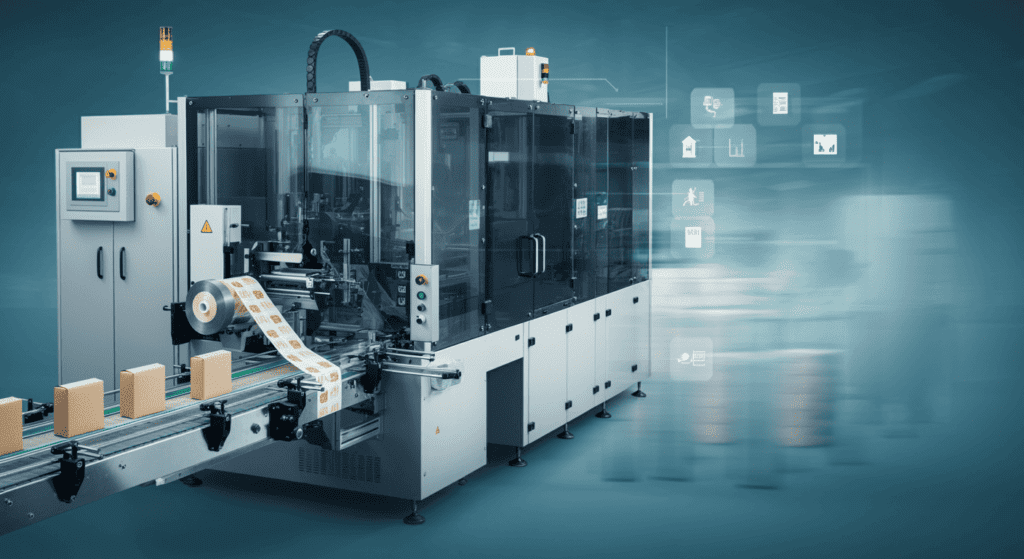
2. The Rise of BOPP Labels in Modern Packaging
Over the last decade, the labeling market has seen a significant shift toward synthetic label materials, driven by the need for more durable and cost-effective packaging. BOPP labels stand at the forefront of this transition, thanks to their superior performance in various conditions. Whether it’s the splashes of a kitchen sink or the fluctuating temperatures in a warehouse, BOPP labels maintain their integrity and visual appeal.
Market Growth and Consumer Demand
- Eco-Friendliness: Many BOPP films are recyclable, aligning with growing consumer demand for environmentally responsible packaging.
- Global Expansion: As brands scale to meet international markets, consistent and high-quality labeling becomes pivotal for regulatory compliance and market appeal.
- Evolving Branding Needs: Shoppers are drawn to sleek, high-resolution packaging. BOPP labels cater to this desire by offering an attractive, glossy finish.
By investing in a BOPP labeling machine, companies position themselves at the forefront of packaging innovation, ensuring that their products are not only protected but also stand out on shelves.
3. How BOPP Labeling Machines Work
Though specific designs vary among manufacturers, most BOPP labeling machines follow a similar operational process. Understanding these steps can help you optimize performance and troubleshoot issues quickly.
- Label Roll Loading: The machine is loaded with a roll of BOPP label film.
- Feeding and Unwinding: A specialized feeder unwinds the label film and readies it for alignment.
- Registration and Positioning: Advanced sensors detect registration marks or use optical systems to ensure each label is accurately positioned.
- Adhesive Application (if applicable): Depending on the design, the machine may apply adhesive to the label film or activate a pre-applied adhesive.
- Label Cutting (if needed): In some machines, labels are cut to size on the fly before application.
- Application to Product: The label is wrapped, pressed, or blown (in case of air-blow applicators) onto the container.
- Quality Check: A built-in inspection system may verify label placement, alignment, and quality.
- Rewind and Waste Removal: Excess film or backing is rewound and collected for disposal or recycling.
Each of these stages is fine-tuned to achieve consistent labeling at high speeds, often labeling thousands of containers per hour.
4. Key Components of a BOPP Labeling Machine
For those considering an investment in a BOPP labeling machine, understanding its main components can guide you toward making an informed purchase decision and help in maintaining the machine for optimal performance.
4.1 Label Roll Unwinder
- Function: Holds and unwinds the label material.
- Key Considerations: Tension control, roll width compatibility, ease of loading.
4.2 Registration Sensors
- Function: Detect marks or reference points on the label to ensure precise placement.
- Key Considerations: Sensitivity, accuracy, compatibility with various label designs or transparency levels.
4.3 Adhesive Applicator
- Function: Applies adhesive to the label, if the labels aren’t already self-adhesive.
- Key Considerations: Consistency of adhesive application, easy cleaning, and minimal downtime.
4.4 Cutting Unit
- Function: Cuts labels to the required size if using continuous label rolls.
- Key Considerations: Blade durability, precision, and adjustment capabilities for different label lengths.
4.5 Application Module
- Function: Transfers the label onto the container. Methods can include wrap-around rollers, air-blow systems, or tamp-blow applicators.
- Key Considerations: Speed, alignment, versatility for different container shapes.
4.6 Control Panel
- Function: The user interface for operating the machine, setting parameters, and monitoring performance.
- Key Considerations: User-friendliness, advanced features like touchscreen displays, troubleshooting diagnostics.
4.7 Inspection & Reject Station
- Function: Some machines feature a built-in inspection system that checks for label misalignment or missing labels, automatically rejecting flawed products.
- Key Considerations: Accuracy, reliability, integration with production line tracking systems.
By paying attention to each of these components—how they function and what they contribute to the overall process—you’ll have a clearer idea of the machine’s capabilities and potential bottlenecks.
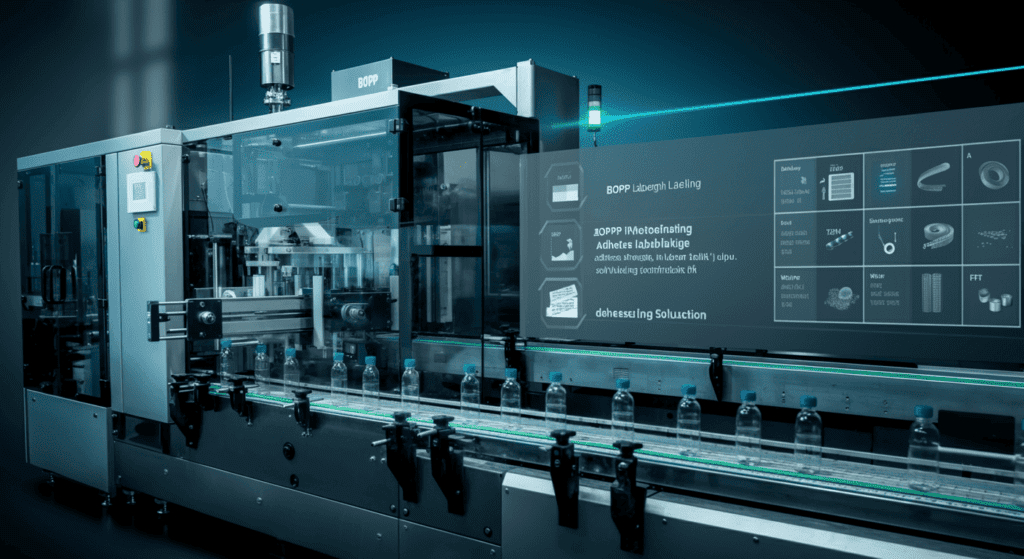
5. Benefits of BOPP Labeling Technology
Why do manufacturers across a range of industries invest in BOPP labeling machines? The answer boils down to performance, versatility, and long-term cost savings. Let’s break down the top advantages.
5.1 Exceptional Durability
BOPP labels are tear-resistant, waterproof, and resistant to chemicals. This durability ensures your branding remains intact and readable under tough conditions, from refrigerated storage to exposure on shop floors.
5.2 Visual Clarity and Shelf Appeal
The material’s glossy or matte finish can enhance a product’s design, lending a premium look that captures consumer attention. High print quality also allows for intricate graphics and vibrant colors.
5.3 High Throughput and Efficiency
BOPP labeling machines are designed for speed, often applying hundreds of labels per minute. This high throughput is essential for large-volume manufacturers who can’t afford production delays.
5.4 Cost-Effectiveness
Although the upfront cost of a specialized machine may seem high, the long-term savings in reduced label waste, minimal downtime, and faster production cycles often offset the initial investment.
5.5 Versatile Applications
From cylindrical bottles to uniquely shaped containers, BOPP labels can conform to various surfaces. This versatility makes them ideal for everything from beverages to cosmetics and even automotive products.
6. Industries That Benefit from BOPP Labeling Machines
BOPP labeling technology has broad applications, but a few industries stand out for its frequent and high-impact use.
6.1 Food & Beverage
- Why It’s Popular: BOPP labels can handle moisture and temperature variations, making them excellent for refrigerated items, bottled drinks, and condiment jars.
- Key Needs: Compliance with food safety regulations, eye-catching designs for competitive shelf presence, efficient line speeds.
6.2 Personal Care & Cosmetics
- Why It’s Popular: Cosmetics and personal care products often come in bottles and tubes that are frequently handled in bathrooms—areas with high humidity. BOPP labels resist peeling and smudging under these conditions.
- Key Needs: High-end printing for brand aesthetic, tamper-evident features, container shape adaptability.
6.3 Pharmaceutical & Healthcare
- Why It’s Popular: Medical products demand highly legible and durable labels for critical information. BOPP labels maintain text clarity and barcodes even in storage or transport.
- Key Needs: Compliance with stringent regulations, traceability features like serialized QR codes, anti-counterfeiting measures.
6.4 Household Cleaning Products
- Why It’s Popular: Cleaning solutions often come in rigid or squeezable bottles, with exposure to chemicals and water. BOPP labels stand strong against these factors.
- Key Needs: Chemical resistance, strong adhesive, scuff-resistant surface.
6.5 Industrial & Automotive
- Why It’s Popular: Labels in industrial settings must withstand rough handling, temperature changes, and potential contact with oils or solvents.
- Key Needs: Extremely durable materials, clear barcodes, hazard or safety labeling compliance.
Each industry has unique labeling requirements, but BOPP labeling machines deliver a common set of benefits—robust labeling, high-speed application, and an attractive final product.
7. Factors to Consider Before Purchasing
Investing in a BOPP labeling machine is a significant decision. To ensure you choose the perfect system for your production line, consider these essential factors.
7.1 Production Volume
Estimate your current and future labeling requirements. Machines vary in speed, and while some can label a few thousand products an hour, others handle tens of thousands. Purchase a machine that can scale with your projected growth.
7.2 Container Types and Shapes
Will you be labeling round bottles, square containers, or irregular shapes? Some machines specialize in wrap-around labeling for cylindrical bottles, while others have modular designs for multiple container forms.
7.3 Required Label Format
Pressure-sensitive labels, shrink sleeves, wrap-around labels—BOPP material can be adapted in various formats. Ensure your chosen machine is compatible with your preferred label style.
7.4 Integration with Existing Line
Check if the machine can seamlessly integrate with existing conveyor systems, filling lines, or cappers. Communication protocols and line speeds should be compatible to avoid production bottlenecks.
7.5 Budget and ROI
Consider not just the machine’s sticker price but also maintenance costs, labor, potential downtime, and the returns you’ll get from improved efficiency and brand image. Calculate a realistic ROI timeline to justify your investment.
7.6 Operator Skills & Training
While modern labeling machines come with user-friendly interfaces, some level of technical expertise may still be required for troubleshooting, maintenance, and fine-tuning. Evaluate whether your current team can handle these tasks or if additional training is needed.
8. Maintenance and Care for Optimal Performance
A well-maintained BOPP labeling machine can serve you reliably for years. Neglecting routine checks and cleaning, however, can lead to costly downtime and reduced labeling quality.
8.1 Daily Cleaning and Inspection
- Surfaces and Rollers: Wipe down any adhesive buildup or dust.
- Sensors: Gently clean to ensure accurate reading of registration marks.
- Belts and Gears: Check for wear and tear, and replace or lubricate as recommended.
8.2 Scheduled Preventive Maintenance
- Blade Replacements: If your machine includes a cutting unit, change blades periodically.
- Adhesive Systems: Clean out nozzles or rollers to prevent clogging and uneven adhesive application.
- Software Updates: Keep the machine’s control system up-to-date for improved performance and bug fixes.
8.3 Troubleshooting Common Issues
- Misaligned Labels: Recalibrate sensors or check tension settings.
- Wrinkles or Air Bubbles: Adjust roller pressure and ensure the container surface is clean.
- Unclear Prints: Verify ink or print ribbon settings if your machine integrates printing features.
A structured maintenance schedule keeps production lines smooth, reduces downtime, and ensures that your final labeled products always meet quality standards.
9. Common Challenges & Troubleshooting
Even the most advanced BOPP labeling machines can face hiccups. Being prepared for common challenges can significantly reduce production slowdowns.
9.1 Label Tearing or Jamming
Potential Causes:
- Excessive tension on the label roll.
- Sharp or worn-out cutting blades.
- Improper alignment or buildup of adhesive on machine parts.
Solutions:
- Adjust tension controls.
- Replace or sharpen cutting blades.
- Clean any adhesive residue on guides or rollers.
9.2 Inconsistent Label Placement
Potential Causes:
- Dirty or faulty sensors.
- Varying container shapes or sizes.
- Slippage on the conveyor belt.
Solutions:
- Regularly clean sensors and lenses.
- Use adjustable guides or machine modules designed for diverse container forms.
- Calibrate conveyor speeds and friction pads.
9.3 Poor Adhesion
Potential Causes:
- Low-quality adhesive or incompatible adhesive for container material.
- Inadequate pressure or contact time during application.
- Dust or moisture on the container surface.
Solutions:
- Choose a label adhesive formulated for your container material (glass, PET, HDPE, etc.).
- Increase the pressure or dwell time on the wrap station.
- Ensure containers are clean and dry before labeling.
Proactively training your team to identify these issues early can dramatically cut down on waste and maintain a smooth labeling workflow.
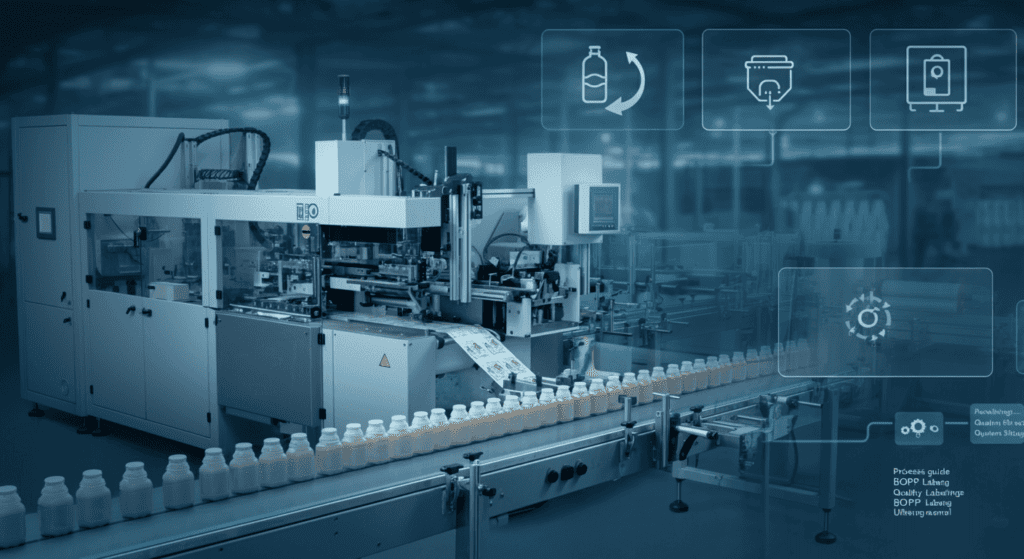
10. Cost Considerations & ROI
The sticker price of a BOPP labeling machine can range from a few thousand dollars for a semi-automatic tabletop unit to hundreds of thousands for a fully automated, high-speed system. While cost is a major concern, focusing on the total return on investment (ROI) provides a more accurate picture.
10.1 Upfront vs. Long-Term Costs
- Upfront Costs: Machine purchase, installation, and initial training.
- Operational Costs: Labor, consumables like adhesives and label rolls, routine maintenance, and spare parts.
- Long-Term Savings: Reduced waste, quicker changeovers, higher throughput, and enhanced brand perception.
10.2 Factors That Influence ROI
- Production Volume: The higher your throughput, the quicker you’ll recoup your investment.
- Downtime Reduction: Fewer labeling errors translate to fewer product rejects and less machine downtime.
- Branding Impact: Professionally labeled products can command better shelf presence, potentially leading to higher sales.
10.3 Financing & Leasing Options
For companies that can’t absorb the full cost upfront, some manufacturers or third-party financial institutions offer leasing plans or financing packages. These arrangements let you spread out payments, preserving cash flow for other operational needs.
11. Innovative Features and Future Trends
As manufacturing evolves, BOPP labeling machines are continually upgraded to incorporate cutting-edge technologies. Staying abreast of these trends can help you future-proof your investment.
11.1 Smart Sensors and IoT Integration
Modern machines use advanced sensors that collect data in real-time, feeding into cloud-based systems for predictive maintenance and performance analytics. This allows operators to tweak settings remotely and quickly identify impending mechanical issues.
11.2 Automated Changeovers
For facilities that handle multiple products, frequent changeovers can be time-consuming and prone to human error. Machines with automatic adjustments for label size, container height, and wrap tension minimize downtime and improve labeling consistency.
11.3 Sustainability Initiatives
Eco-friendly innovations like water-based adhesives, biodegradable label materials, and energy-efficient motors are becoming more prevalent. Manufacturers aiming for “green” certifications will find these features increasingly vital.
11.4 Inline Printing Capabilities
Some BOPP labeling machines now include integrated inkjet or laser printing modules, allowing for on-the-fly addition of batch numbers, expiration dates, and variable data. This eliminates the need for separate coding equipment.
11.5 Robotics and AI
In highly advanced production lines, robotic arms paired with artificial intelligence can handle container positioning, quality checks, and even minor machine adjustments. While still emerging, this technology promises to take efficiency and accuracy to new heights.
Frequently Asked Questions (FAQs)
Here are some common questions about BOPP labeling machines, along with succinct, expert-backed answers.
- What is the difference between a BOPP labeling machine and other labeling machines?
BOPP labeling machines are specifically designed to handle Biaxially Oriented Polypropylene label materials, known for their durability and clarity. While other machines may focus on paper labels or shrink sleeves, BOPP machines optimize adhesive application, tension control, and cutting for polypropylene film. - Are BOPP labels eco-friendly?
Many BOPP labels are recyclable, especially when used in conjunction with eco-friendly adhesives. Always check local recycling guidelines and consult your label supplier about the specific recyclability of the BOPP film. - How do I determine the right labeling speed for my production line?
Calculate your current throughput and include some buffer for future expansion. For example, if you’re bottling 5,000 products per hour now but anticipate ramping up, you might invest in a machine capable of 10,000 or more. - Can I switch between different label materials on the same machine?
Yes, but you may need to adjust tension, sensor settings, or adhesive modules. Some machines are more versatile than others, so verify compatibility if you plan to use multiple label types. - How important is operator training for these machines?
Proper training is crucial for optimal performance and reduced downtime. Even the most advanced, user-friendly systems benefit from operators who understand maintenance, troubleshooting, and best practices for label application.
Conclusion
A BOPP labeling machine isn’t just another piece of equipment on your production floor—it’s a strategic investment that can significantly elevate your brand presentation and operational efficiency. With their durability, visual appeal, and high-speed capabilities, BOPP labels have become the gold standard for a wide range of industries. By thoroughly researching machine features, maintenance requirements, and total cost of ownership, you can ensure that your new labeling system will serve as a cornerstone of your packaging line for years to come.
Whether you’re in food and beverage, pharmaceuticals, or personal care, adopting BOPP labeling technology can boost your product’s shelf appeal and streamline your entire production process. Ready to explore how a BOPP labeling machine can fit into your current setup? Take the next step by reaching out to trusted suppliers, scheduling a demo, or consulting an industry expert for tailored advice. The right machine could be the catalyst your brand needs to stand out and thrive in a highly competitive marketplace.
From selecting the perfect machine for your container shapes to fine-tuning line speeds and maintenance schedules, a BOPP labeling machine can revolutionize the way your products look and how efficiently you produce them. By focusing on durability, versatility, and high-quality output, these machines meet the modern demands of brand owners and consumers alike. Embrace the future of packaging now—and watch your business reap the rewards in both market visibility and bottom-line growth.
Stay Connected with EngiTech
EngiTech is your trusted source for in-depth knowledge on industrial mechanical engineering machines and technologies. Stay ahead with the latest innovations, expert insights, and practical guides designed to help you make informed decisions for your business and engineering needs. Join our growing community of professionals and industry leaders to stay updated and competitive in the ever-evolving world of industrial technology.

